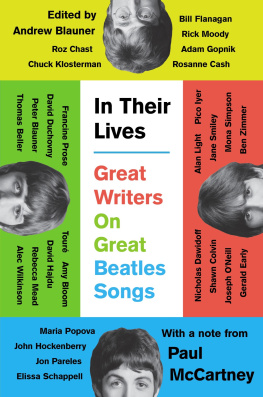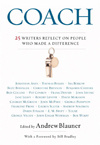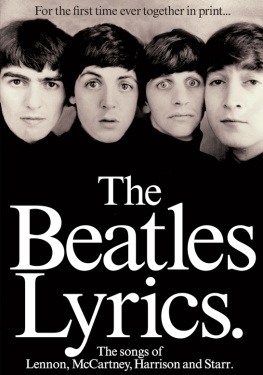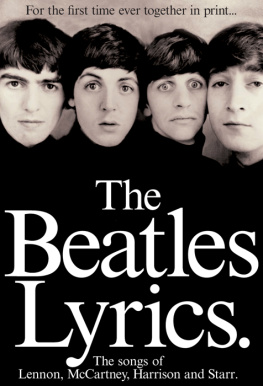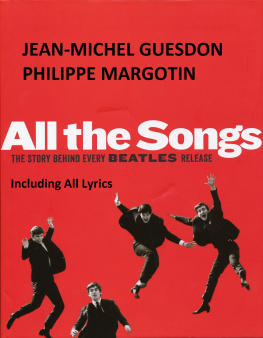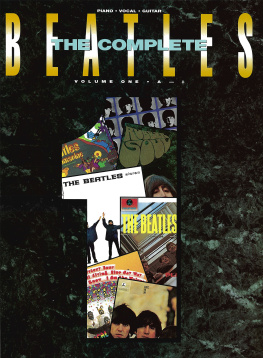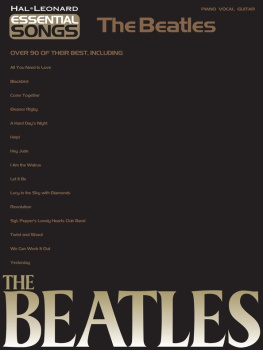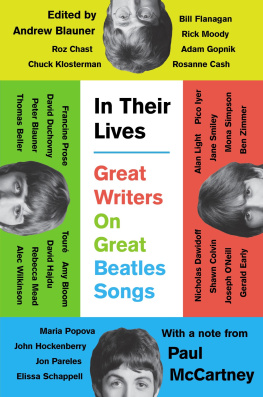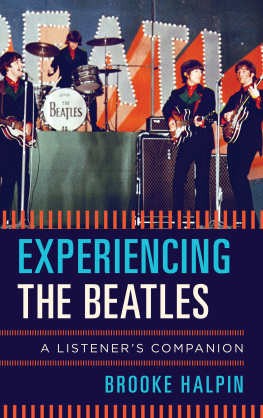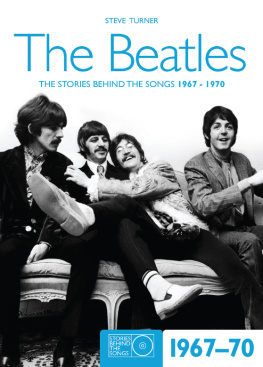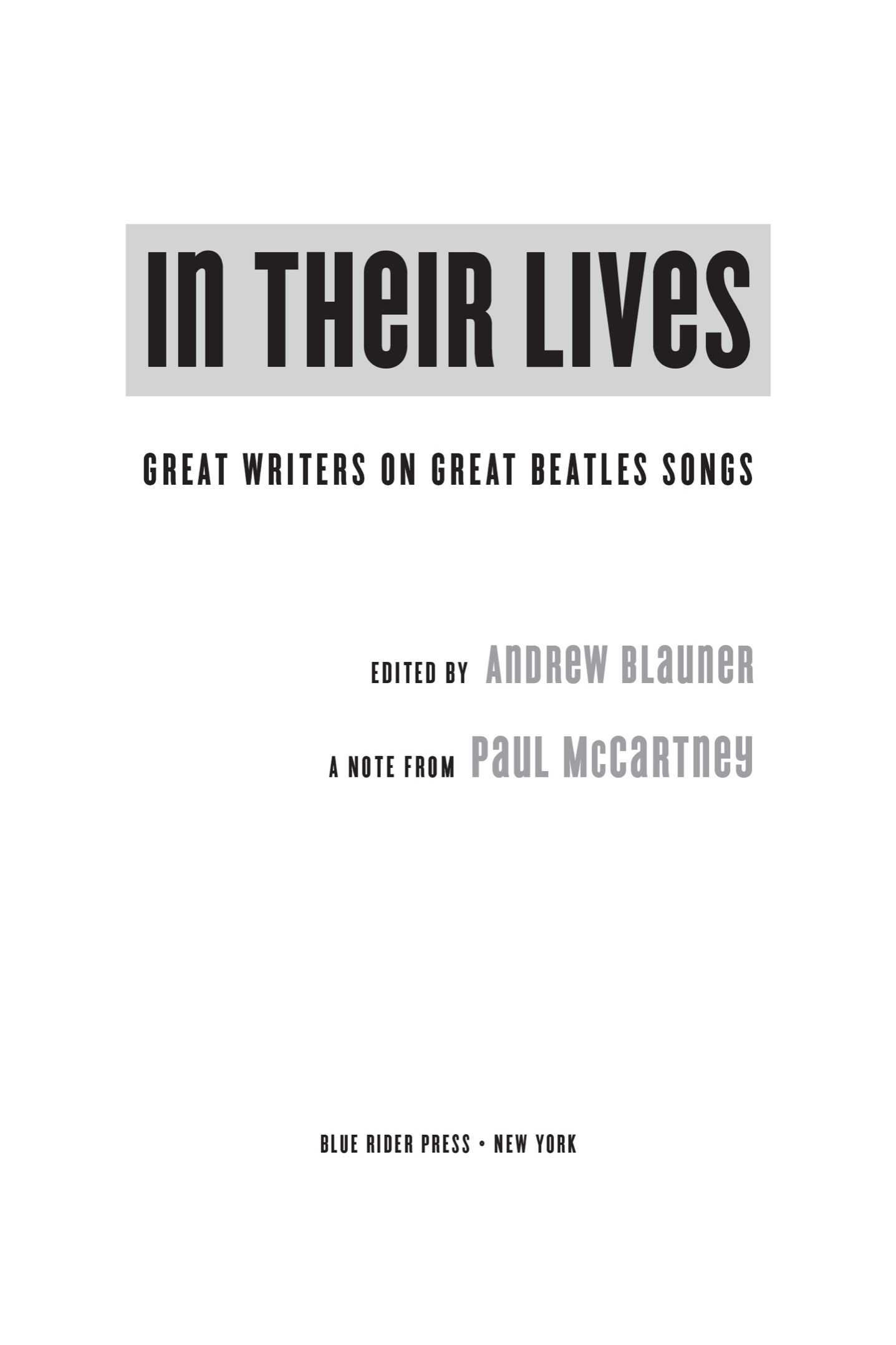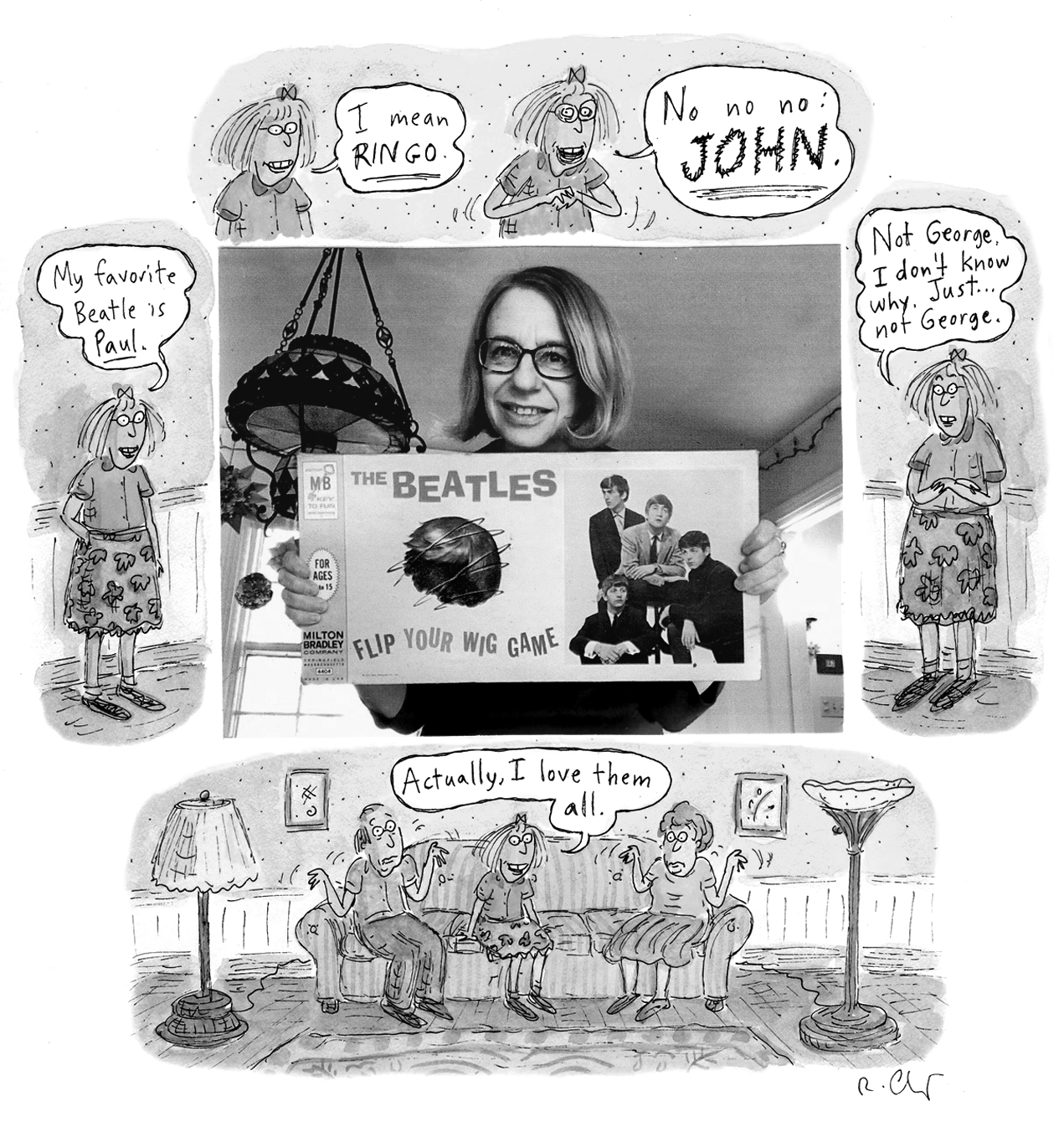The truth is that when we wrote our songs we hoped that one day a few people would know them and maybe even love them. Well, that certainly came true, and it is astounding to me to realize the extent to which the songs have reached people of all shapes and sizes in so many places around the world. People have told me how our songs have helped them through dark times, but I rarely hear detailed explanations of how they feel about them. So to me, that is what is so special about this book. Enjoy reading it.
INTRODUCTION
How few constants are there in our lives? Please stop and think for a moment: your family, maybe a couple of friends. What else? Not where you live, what you do, or even, on some level, who you are.
I have edited five anthologies before this one. Though each of them was satisfying, illuminating, I was ready to be done with putting these books together, but then, one September morning on a hill in Central Park, I realized there was something that has been consistent in my life, and in the lives of millionsif not billionsof others, through the past half century, and will likely continue to be so in perpetuity: the Beatles.
I was in the wombliterallywhen the Beatles arrived at the newly renamed Kennedy Airport on February 7, 1964. I reckon that my mothers listening to the Beatles while carrying me might have had something to do with the cosmic draw that I have felt toward the band for as long as I can remember.
The Beatles were a powerful and joyful part of my youth and beyond, but there was a time after college when I felt as if I had lost them, for a spell. They went away. Or I did. And the silence was not deafening, but depressing. W. S. Merwin wrote of the way absence can go through you like thread, leaving everything you do stitched with its color. Once I rediscovered the Beatles, I realized just how much the absence had gone through me, how much of almost everything I did was stitched with their color. If that sounds hyperbolic, its not. And so, this anthology.
The concept is simple: Ask writers to write about their favorite Beatles songs, tell stories of what the songs mean to them, the how and why of it all. The title, In Their Lives, is an homage to one of my personal favorite songsone that I first and so many times heard as a track on Rubber Soul, with its chocolate-chocolate-chip-colored cover.
We tend to hear about, talk about, certain thingsbe it baseball, or trafficas the great democratizer, the fail-proof icebreakers, the common denominators, but the Beatles provide more common ground with almost anyone, no matter their age, gender, race, background, than nearly any other topic. Seemingly everyone, everywhere, knows the Beatles, and ever so many of us seem to have Proustian memories, meaningful and memorable associations, and experiences with them.
They have been our companions throughout our lives, from youthful, joyful innocence to the darker, more complicated side of things. Its axiomatic to say that something has become the soundtrack of our lives, but in this case it rings true. For so many moments and occasions in our liveshappy or sad, at beginnings or at endingsthere have been Beatles songs there for us, that spoke to us, to those moments and those feelings, that put words and music to what otherwise felt unsayable. This unites us; it trumps and triumphs over our many radical, rageful, divisive differences.
And yet, given the body of work of almost unimaginable quantity and quality of loved songs, few agree on what the best is, what their favorite is. And therein lies the fun.
Across the universe of fans, the language of the lyricsand the emotions and feelings that infuse themspeak to us: from She Loves You and I Want to Hold Your Hand to Hey Jude and Let It Be, from Yesterday to When Im Sixty-four, from A Day in the Life to Day Tripper, from Eleanor Rigbys All the lonely people to the Revolution you say you want. The list goes on and on and, almost impossibly, blissfully on.
For all of the resonance, theres also a built-in irreverence, an invention, an innovation, an introduction of new lingo, language, lyrics, which have become part of the vernacular, our collective, often unconscious repertoire, and our reservoir of phrases, emotions, concepts.
Written by essayists from ages eight to eighty, the stories in this book are arranged chronologically, according to the date of the songs release. By reading along that way, not only do we see the progressions and digressions, the evolution and trajectory, in the work of the Beatles, but we get a glimpse into their lives and, perchance, into our own as well.
ANDREW BLAUNER New York City, September 2016
SHE LOVES YOU
ROZ CHAST
SHE LOVES YOU was released in the U.S. in September 1963, when I was eightalmost nineyears old. That song provided my first inkling that there was another world out there, one that did not include my parents, my relatives, my neighbors, my teachers, or my classmatesa world of carefree and attractive young people who did not worry about illnesses or money, and who did not care about homework or why one was not popular. The reason they did not think about these things was obvious: they were too busy having fun and being young.

